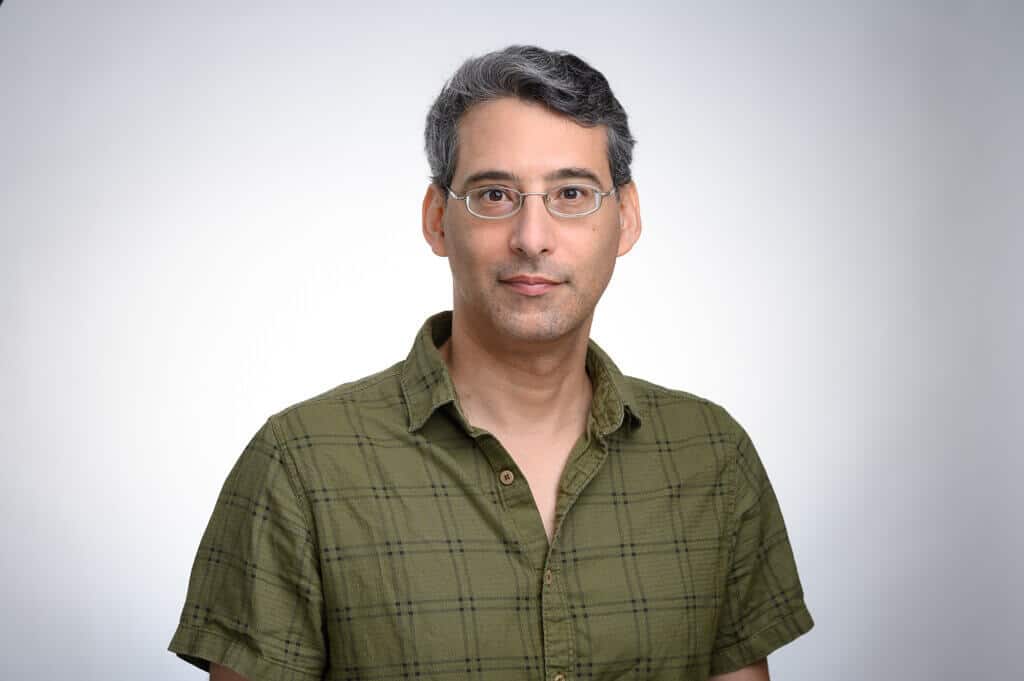Dr. Shahar Alon from the Faculty of Engineering and Dr. Assaf Ben Moshe from the Department of Chemistry won European Union grants in the aggregate amount of 3.5 million euros to advance their research

Two researchers from Bar-Ilan University will receive from the European Research Council ERC Starting Gran grants in the total amount of 3.5 million euros to finance their research in the fields of cancer cure and chirality research.
Dr. Shahar Alon from the Faculty of Engineering won a grant in the amount of 2 million euros for his research in the field of the interaction between immune cells and cancer cells, and Dr. Assaf Ben Moshe from the Department of Chemistry won a grant in the amount of 1.5 million euros for his research on chirality - a geometric feature that exists in all orders of magnitude in the universe.
Dr. Alon's research project aims to decipher the interactions that occur at the cellular level between a cancer tumor and the immune system, thereby improving the identification of different types of cancer and the treatment of patients. The research focuses on the "recognition without activation" action of the immune system. The uniqueness of this research is in the utilization of an innovative technology developed by Dr. Alon, which allows for the first time to produce spatial genomic mapping of cancer biopsies at the resolution of individual cells. In addition, the research team will develop advanced imaging technology capable of sequencing T and B cell receptors, locating tumor-specific receptors and providing insight into the dialogue between the tumor and the immune system.
Dr. Alon's research focuses on what happens when immune cells, especially T cells, encounter cancer cells. While most studies have focused on the mechanisms of immune cell activation, little attention has been paid to deciphering the consequences of inactive encounters between immune cells and cancer cells. The main research question is how the cells of the immune system encode information when they come into physical contact with tumor cells, even when the immune response is not activated. This interaction may be key to understanding tumor evasion tactics. The premise of the study is that the evasion mechanism may manifest itself in physical changes in the immune cells. To uncover it, the research team scans biopsies looking for changes in the gene expression program of immune cells that have come into contact with cancer cells.
Dr. Ben Moshe's research deals with chirality, a geometric property attributed to any object that exists as two mirror images that cannot overlap. For example, our palms: if we look in the mirror at the right palm we will see the left palm, but we can never coincide with each other in space. The research has the potential to lead to a rethinking of an age-old experiment for which there was consensus. From the perspective of materials science, Dr. Ben Moshe's research offers a method that will make it possible to control chiral forms in crystals of a wide variety of materials, an achievement that may be relevant to a host of technologies in the fields of optoelectronics, spintronics, asymmetric catalysis, and more.
Chirality is an important property in all branches of science, which exists in elementary particles, small and large molecules, shapes of animals and plants and even celestial objects and shapes of galaxies. In biology, chemistry and medicine this is a critical property since almost all molecules in our body are chiral, and moreover, only function as a single mirror image. In the project, Dr. Ben Moshe examines an alternative theory to Louis Pasteur's explanation from 1848, who began the research on the subject. Following preliminary findings from his work, Ben Moshe suggests the possibility that chiral forms in crystals are not obtained because of the shapes of the molecules that make them up, but rather due to characteristic defects that affect the structure.
He investigates the mechanism using tiny crystals on a nanometer scale (billionths of a meter), thus obtaining a preliminary image of crystal growth that allows one to distinguish many important structural details that are hidden from the eye when examining a classical crystal.
More of the topic in Hayadan:
- The European Research Fund ERC will invest 4 million euros in two researchers from Bar-Ilan
- ERC grant of NIS 12 million for two studies from Bar Ilan
- Israeli researchers this week received a flood of ERC grants - the European Research Council
- 14 Israeli winners of the European Union's ERC grant
- ERC grants to dozens of researchers from all universities (Rashi
